Don’t you just love colorful succulents? Me, too. Last week, I took an in-depth look at how and why stress causes succulents to change color. This is important to understand to provide the best care for your plants. A change in color will alert you to important issues. But what if you want to know how to make succulents change color? Is it mean? Actually, stressing your succulents can actually help to keep them healthy!
How to Stress Succulents
In this Post We'll Cover:
{Please note, some links in this post may be affiliate links to sites that pay me a small commission if you click on the link and make a purchase. This commission is at absolutely no cost to you. I only recommend products and companies that I have worked with and truly love! ~Kat}
What is Physical Stress?
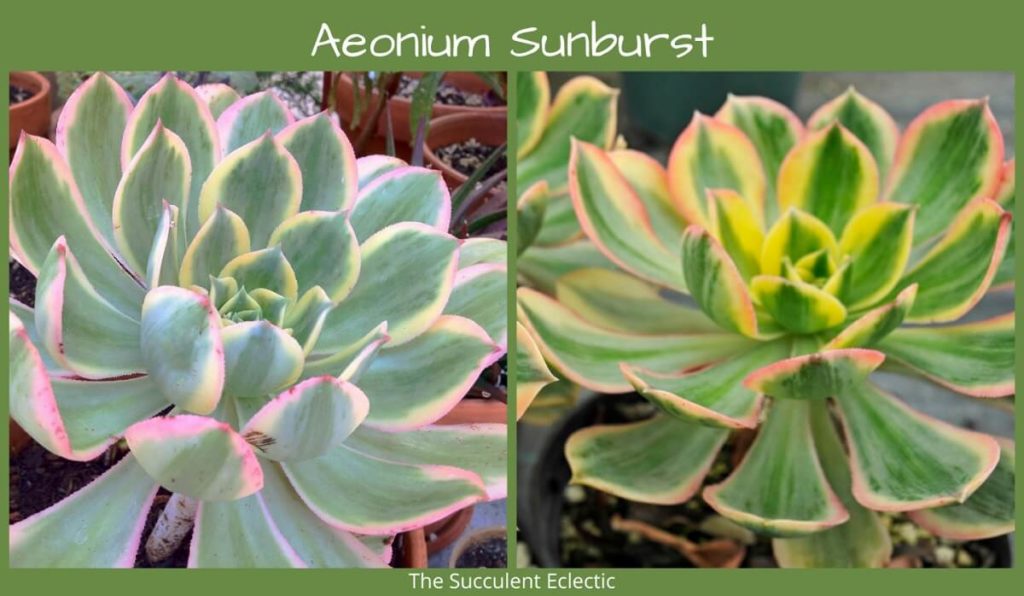
As discussed in detail in last week’s post, physical stress can be understood as any change in optimal conditions that requires a physical response from a living being. This is true for plants, animals and people. Although we usually think of “stress” as something very negative and to be prevented, physical stress is much broader than that. We tan, we build muscle, we lose weight and we strengthen our immune systems – all in response to forms of physical stress.
Many forms of succulent stress cause the plants to increase their production of anthocyaninAnthocyanin (An-tho-SY-an-in) is a blue, red or violet pigme... and carotenoidCarotenoid (Kair-AH-ten-oid) is a yellow, red or orange fat-.... These are pigments that protect the plant from damage due to changes in lighting, water and temperature, while producing vibrant color changes, as shown in this Aeonium ‘Sunburst’. These are changes you can cause or influence, to result in more colorful succulents. A gentle application of stress is how to make succulents change color. This is known as stressing succulents.
Is Stressing Succulents Cruel?
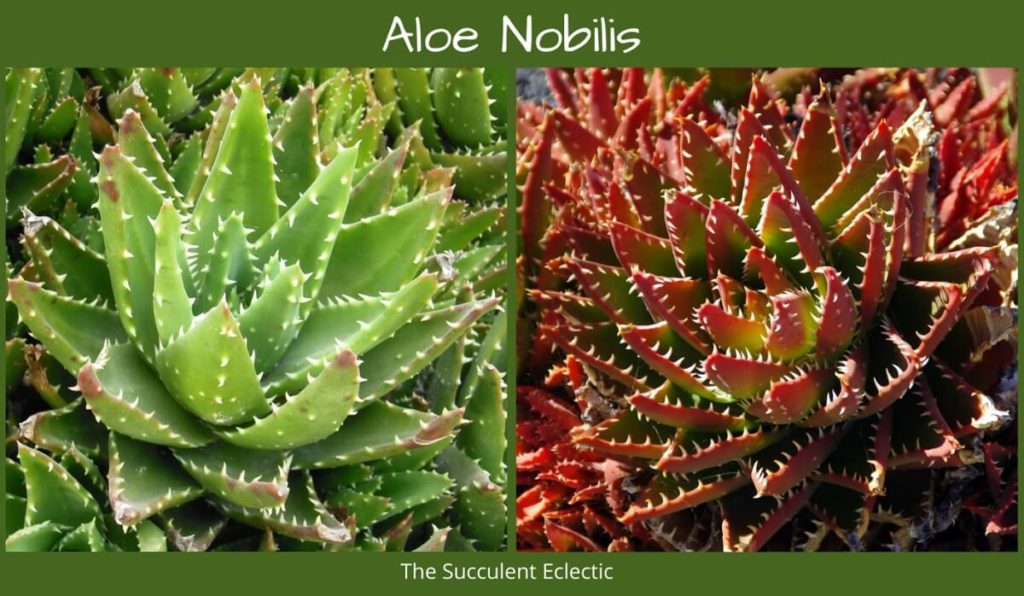
It would be cruel to damage the health of something you love, just to make it “prettier”. But are stress and the biological responses to it always a sign of strained health? No. Stress and the production of anthocyanin in response to it is simply a set of natural conditions that succulents have adapted to over millennia. All plants and animals have developed strategies for responding to environmental stress. Attempts to prevent an organism from experiencing its natural environmental fluctuations can, in fact, be damaging to it.
Years and years ago, when I first started gardening, I was so excited! I planted all manner of beautiful plants in my southern California garden, certain they would love the climate. Who doesn’t, right? I figured if a plant could actually survive the harsh winters of the Midwest – think how much happier it would be in San Diego! 🙂 Well, of course, my misplaced kindness resulted in a lot of dead plants. I hadn’t realized that I was forcing them to live in an environment they were not suited for. The very stress I wanted to “save” them from was necessary to their survival and thriving. Both Echeveria ‘Black Prince‘ above are quite healthy.
We often want to spare those we love from stress or discomfort of any kind. At the same time, we diet and exercise and tan, all in an effort to become healthier and fitter. It’s all stress. And an organism that has never experienced stress or environmental change is at greater risk when the next change occurs.
Stress is Part of Life
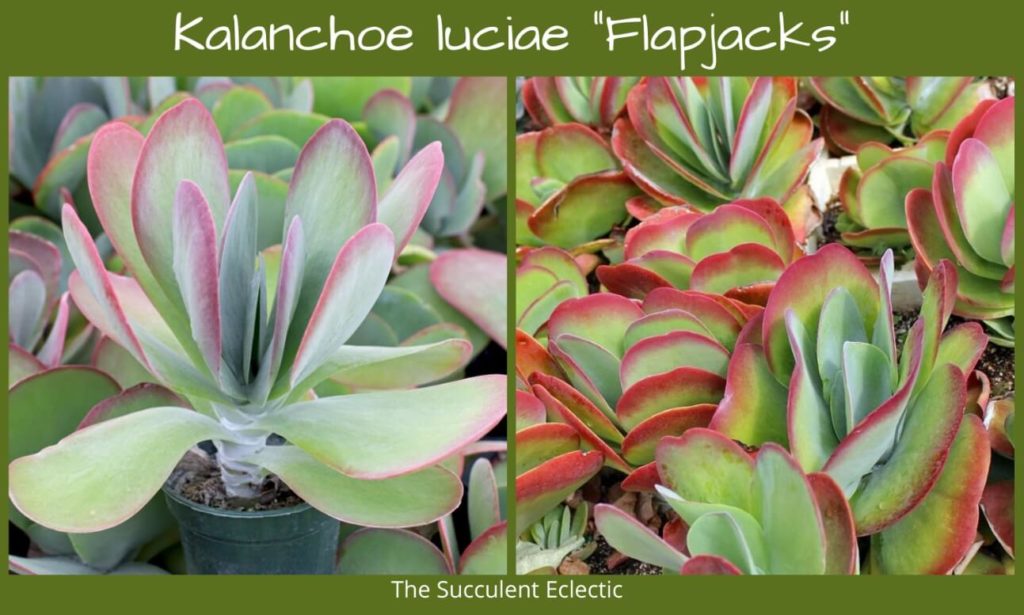
While the human body is certainly capable of running more than 26 miles to complete a marathon, it requires a gradual and steady application of stress to achieve. No one going from an entirely sedentary existence could walk, let alone run even a single mile without risking real injury. The stretching, exercise and training necessary to develop the strength and endurance are all forms of applied stress. But you don’t want your plants to run a marathon, right? And you will always protect them from stress?
Even the most careful and committed gardener cannot be certain their plants will never experience stress. Illness, injury and emergencies happen, distracting you. The neighbor’s dog jumps the fence and knocks the potted plant off the shelf. Heat waves, droughts, cold spells happen in the garden. Shade trees fall, letting in direct sun. Nearby plants grow and cast new shade. Life happens. And when any of these changes suddenly occur, perfectly protected plants will not fare as well as those that have experienced and overcome stress in small, manageable doses. The Kalanchoe luciae ‘Flapjacks’ above demonstrates the color changes caused by changing sun exposure due to changing seasons.
Which Succulents Change Color Due to Stress?
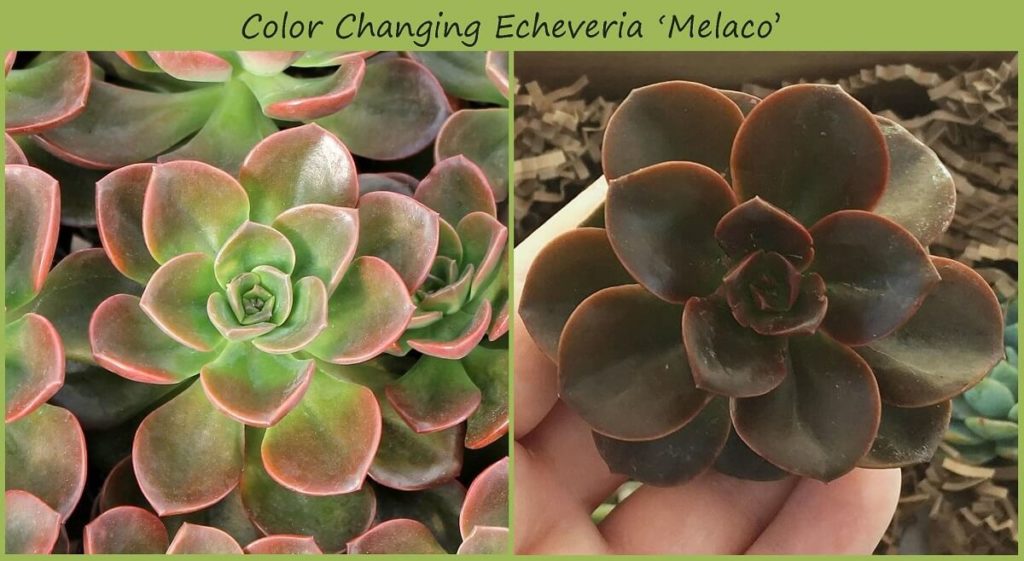
Before you decide to stress a succulent to make it more colorful, be certain to choose a variety that develops color in response to stress! 🙂 Some varieties are green in ideal conditions and remain green no matter what. Most silver varieties remain that same, silvery tone. A good way to choose is by the name. If the succulent’s name includes a color, like Echeveria ‘Blue Ruffles’, or Sedum adolphii ‘Golden Glow’, it is almost certainly one that colors well under stress. Another good indicator is a plant that already shows a bit of contrasting color on the margins and tips of the leaves.
Yet another good indication is when the plant’s name does not seem to match its look. Above, is Echeveria ‘Melaco’, which means “molasses”. Looking at the image on the left, it is hard to see why it would be named after the deep, dark syrup. Seeing the one on the right — it is very clear!
Mountain Crest Gardens supplied the first image of echeveria Melaco.
How to Make Succulents Change Color
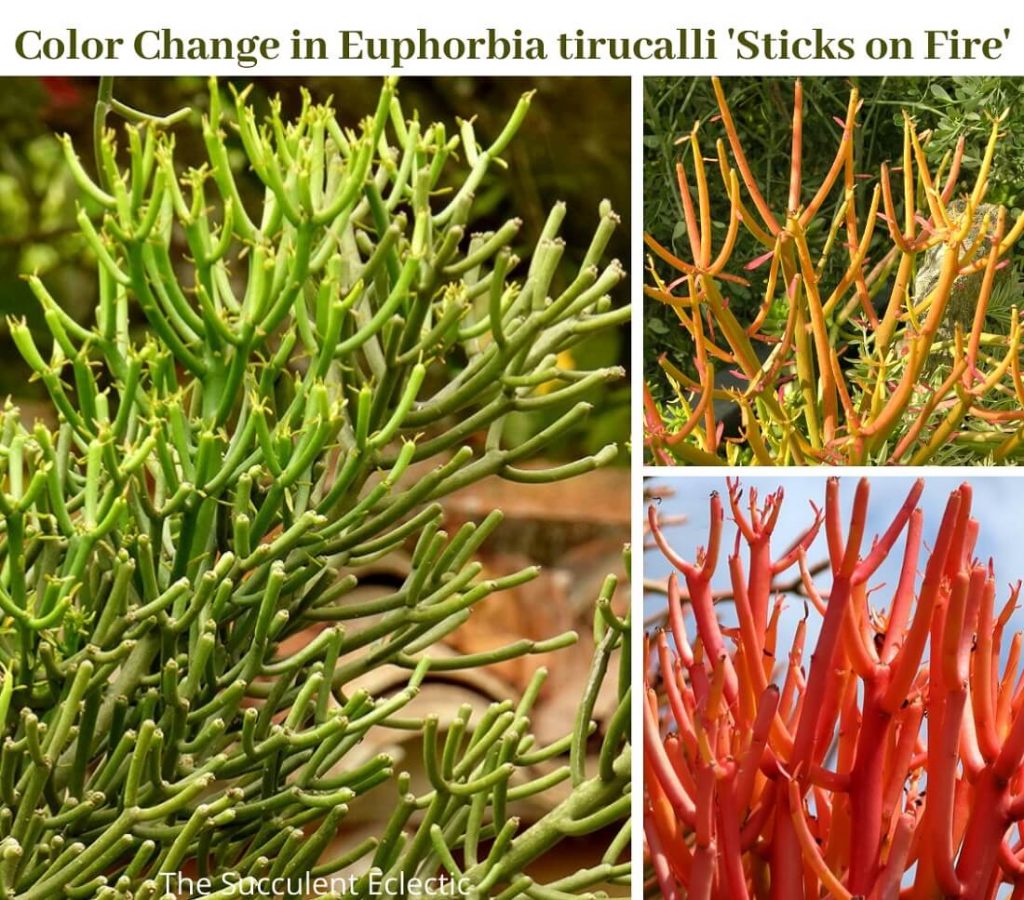
As we have discussed, stress is a natural part of life. In small or manageable doses, it can even be beneficial, like exercise, or vitamin D intake from sunshine. The key is those manageable doses. While sunshine is good for you, too much too soon, and you get a nasty sunburn. Excercise is good, too. But again – too much, too soon and you are risking serious injury. Think of it as the difference between “stretch” and “strain”. Consistently reaching to the point where you feel the stretch makes you more limber over time. But push it to the point of strain, and you have a painful injury that reverses your progress. An easy-does-it approach is always important when you choose to deliberately invite stress, whether for yourself, your kids or your succulents. The Euphorbia tirucalli ‘Sticks on Fire’ above is thriving in different amounts of sunlight.
Stressing Succulents with Sun Exposure
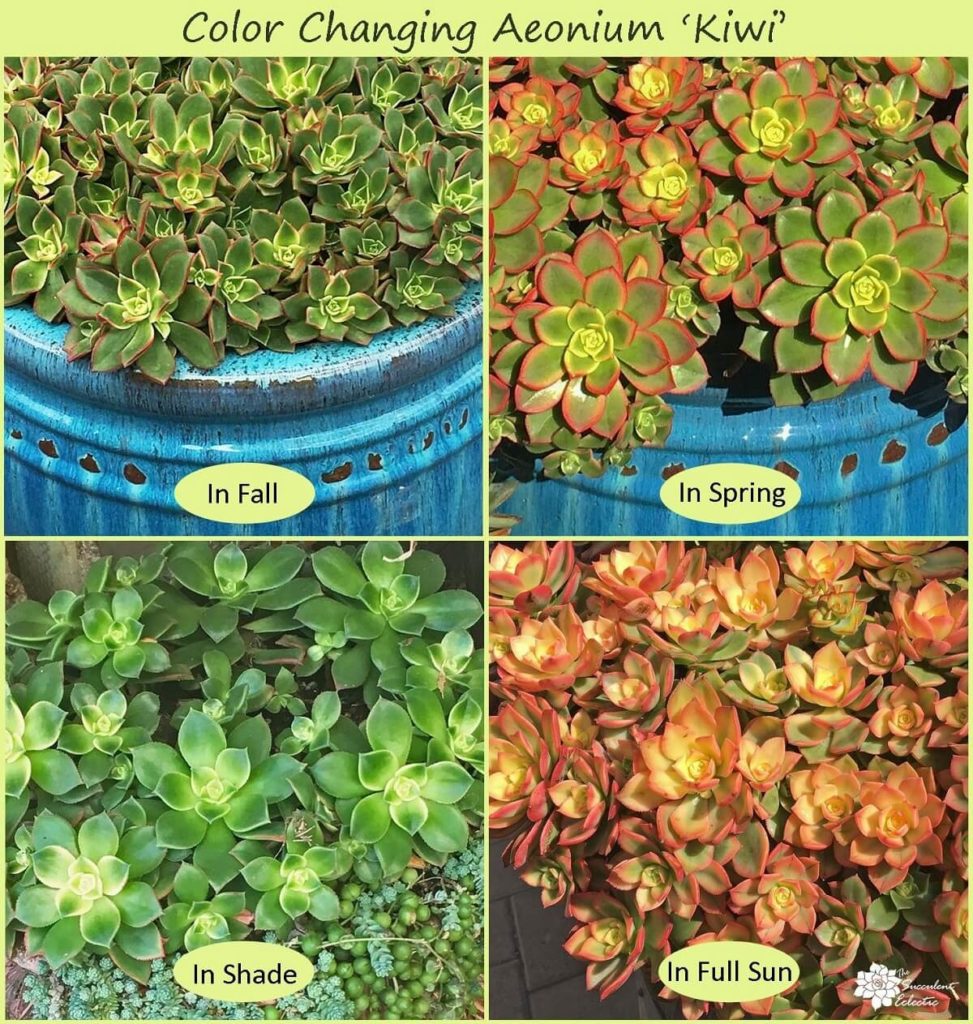
How to make succulents change color while remaining healthy and happy is all about slowly introducing stress. If you allow your succulents to experience too much stress too quickly, it will be damaging to them. Instead, take it very s-l-o-w-l-y, just as you should for yourself. When acclimating succulents to more sun, do so gradually. Changing seasons naturally changes the lighting, and does so slowly and gradually. You can see the results with the Aeonium ‘Kiwi’ in the top two shots above. This plant is grown in the same location and shows the color changes that occur with the seasonal changes in lighting.
Stressing Succulents with More Light
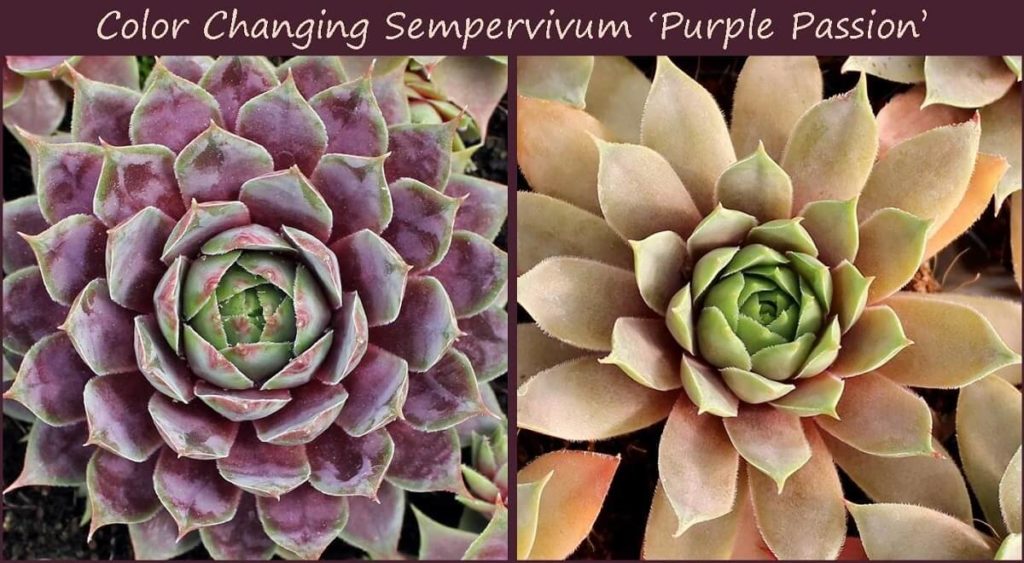
Increasing the sun exposure for your succulents is the most common form of stressing succulents. You can mimic the changes of the seasons by gradually adjusting the sun exposure for your plants. I recommend increasing sun exposure just about 30 minutes per day, every third day. Keep an eye on them, and make sure they are not demonstrating an aversion to the sun exposure before increasing it again. You will see this if the plant’s leaves fold up toward the stem, minimizing their exposure to the sunlight. Succulents’ closing response to excess sunlight is described in greater depth here.
The Sempervivum Purple Passion above shows color changes due to both temperature and sun exposure shifts. Notice how on the left, in greater sun exposure, the leaves of the rosette are far more closed than on the right? In more sun, the plant is responding both by producing more anthocyanin as well as creating more shade for each leaf by partially closing. As you increase the lighting for your plant by 30 minutes every three days, watch to see if/when your plant begins to close up like this. If you see this, give your plant an extra week or so before increasing the sun exposure again. As long as it retains its shape, increase the sun exposure every third day. If it begins to close, give it 10 days before increasing its sun exposure again.
My thanks to Mountain Crest Gardens for the use of their sempervivum Purple Passion photos!
Stressing Succulents with Temperature
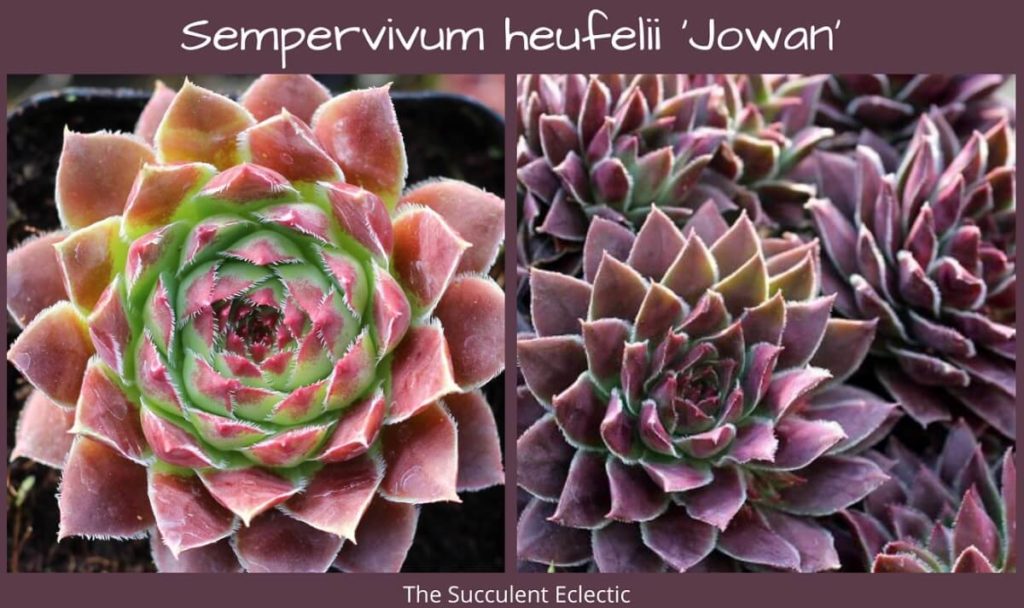
For temperature stress, never – ever – risk exposing tender succulents to freezing. They will die. Instead, unless you know precisely the temps your succulent can tolerate, just let the change in seasons produce color change gradually due to temperature shifts. Nights in the 40’s and days in the 50s will yield brilliant results in many tender varieties. The Sempervivum ‘Jowan’ above demonstrates just how colorful a change of seasons can be for cold-hardy succulents.
Thank you, Mountain Crest Gardens for the use of these sempervivum heuffelii ‘Jowan’ images!
How to Stress Succulents with Water Restriction
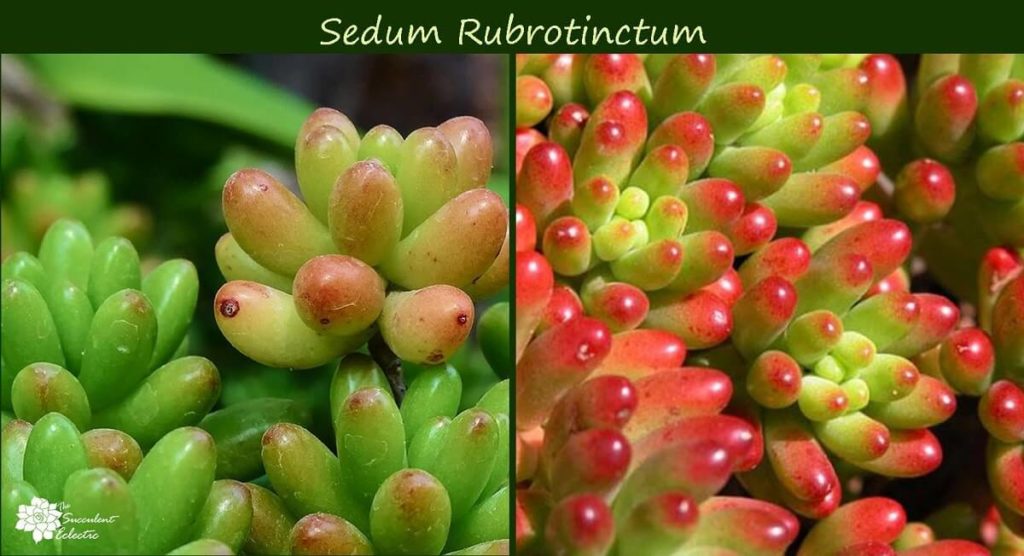
When you stress succulents with water, it must always be by restricting their water intake. Too much water is the surest way to kill your succulents! To induce colorful water stress, continue to water only when the soil is dry. But leave it dry an extra day. Continue to provide abundant water when you water – just extend the dry time by an extra day. You are stretching the succulent’s ability to tolerate drought. Continue this pattern over time, with an extra day of dry soil between waterings. This will eventually result in a flush of colorful anthocyanin, demonstrated by the Sedum rubrotinctum jelly bean plant above.
Stressing Succulents? Keep it Simple
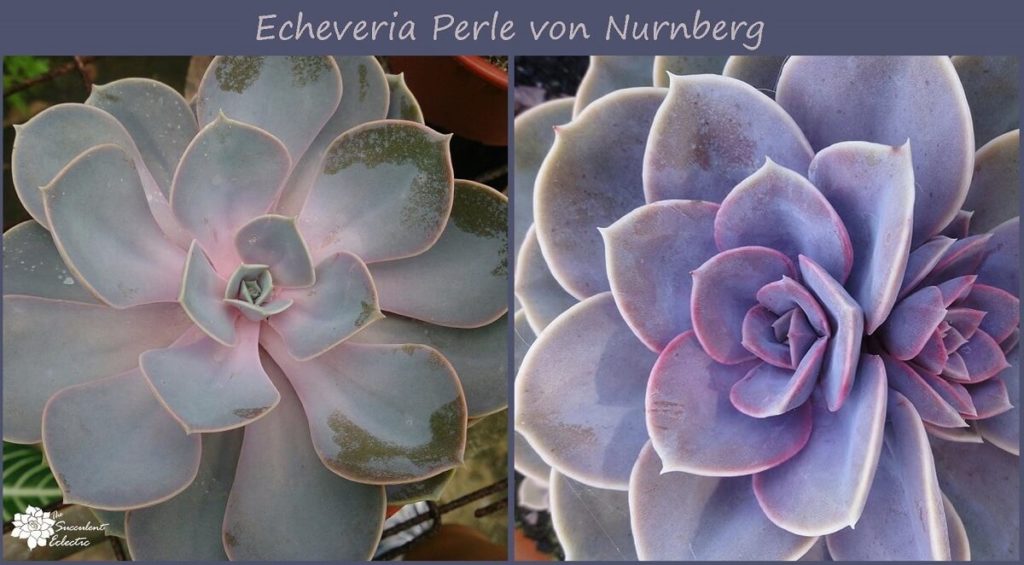
As you begin stressing your succulents for color changes, try just one approach at a time. Rather than increase the sun exposure and restrict the water — choose just one approach. This way, you don’t overburden your plants with too much stress too soon. It will also make it much easier for you to determine exactly how your succulents respond to each change you make. This very slow and gradual approach to stressing your plants will result in more colorful succulents that are not just healthy, but more fit to survive.
Now you know how to make succulents change color! Whether or not you choose to use stress for more colorful succulents — it is important to understand the nature and effects of stressed succulents. It will help you to best meet their needs in a changing environment. If you have any questions, please feel free to ask! I am here to help!
Because life is just better with succulents!

P.S. For my FREE course, 7 Steps to Succulent Success, please subscribe! Thanks so much!
P.P.S. Why not join my Facebook Group for succulent-lovers? We talk succulent care, propagation, identification and design. It’s a warm and welcoming group that would love to meet you!
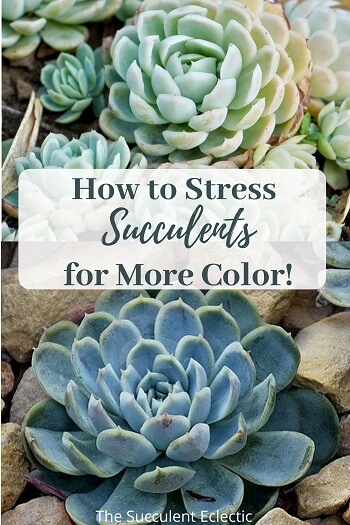
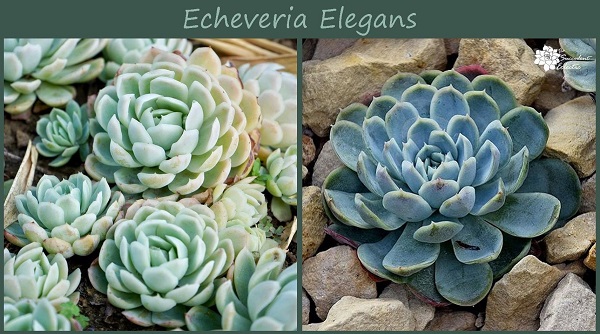
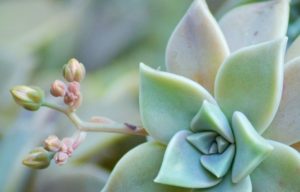

![Read more about the article 7 Simple Succulent Care Tips for Beginners [Infographic]](https://thesucculenteclectic.com/wp-content/uploads/2020/09/7-TIPS-FOR-succulent-beginnersjpg-300x169.jpg)
